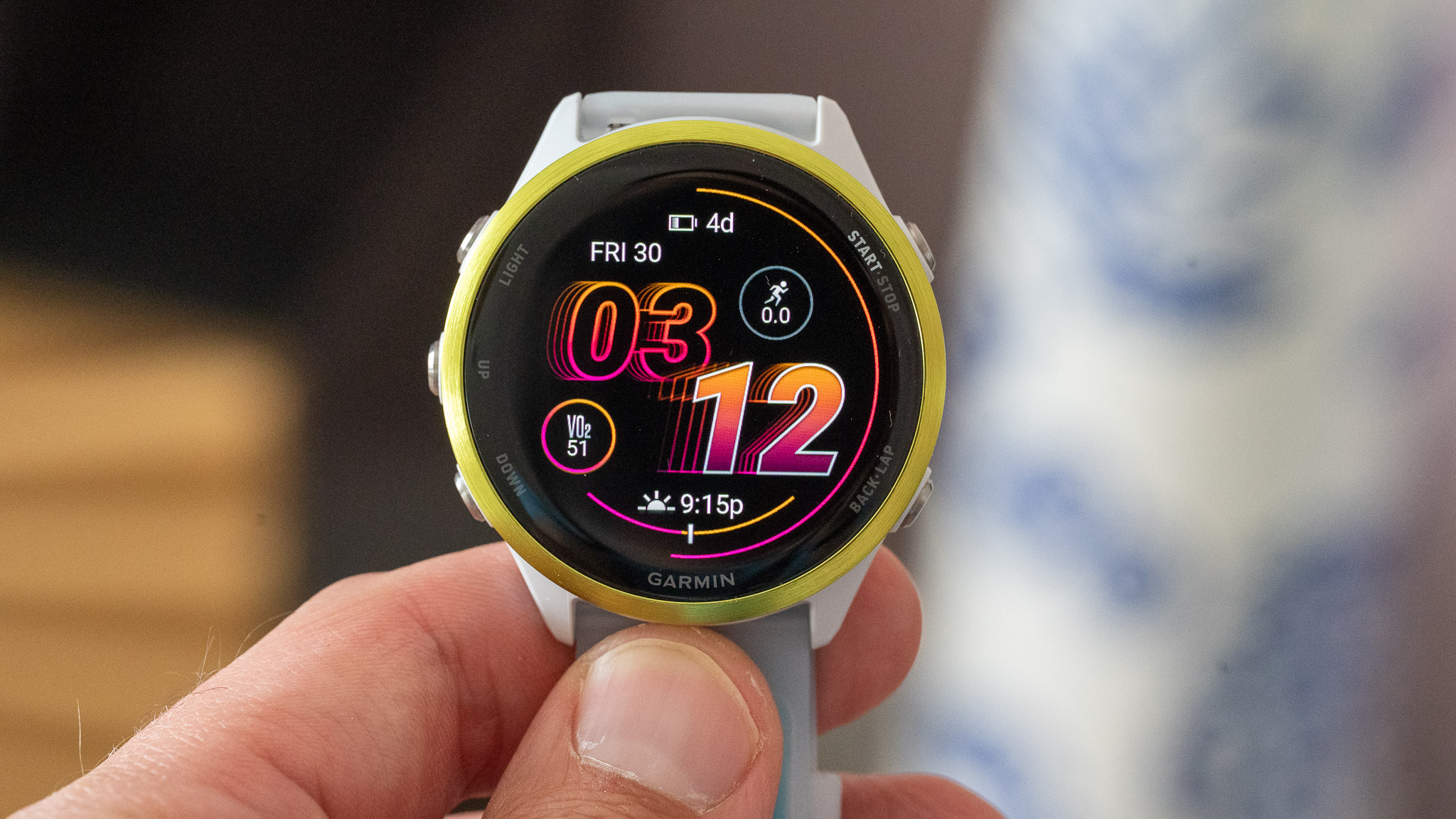
Garmin can be unpredictable with its wearable release strategy. Six years ago, in my first year at T3, it launched a trio of instant classics, the Forerunner 245, the 945 and the brilliant Fenix 6 Pro. A year later, just two new models appeared. In 2021? Still only a couple.
Then came 2022, and the floodgates opened. Garmin released 15 (!) new wearables in one year, including the Fenix 7 and Epix Gen 2, the Forerunner 255 and 955, and the curious Instinct Crossover. In 2023, another 13 models followed. Last year, things slowed down, with just four major launches, providing a much-needed breather.
I say that as T3’s in-house Garmin guy, the one who tests most of the brand’s wearables. Let me tell you, even for someone who loves fitness tech, testing new Garmins back-to-back for two years straight is a lot. There’s only so much wrist space to go around.
So when things quietened down in 2024, I assumed Garmin would take it slow in 2025. Then came the Connect+ rollout in March, and since then, four new wearables were unveiled, all of them significant.
The Forerunner 570 and 970 introduced advanced metrics. The long-rumoured Index Sleep Monitor is a welcome addition to the company’s more health-focused line-up. The Venu X1 brought a fresh design and interface clearly aimed at Apple Watch users.

Garmin rushing out hardware just to change the narrative isn’t how they operate.
My initial reaction was that these launches were a strategic distraction, a way to steer focus away from the backlash over Connect+, which many loyal users felt was a slap in the face. Charging a subscription for any features, especially on high-end devices, annoyed people. And the AI-led tools Garmin promised didn’t feel quite ready for prime time.
But the timing doesn’t quite line up. Garmin’s product roadmap is planned years in advance, and rushing out hardware just to change the narrative isn’t how they operate. That would risk undermining the polish the brand is known for.
A more likely explanation is that Garmin is feeling the heat. While it’s still the first choice for serious athletes, especially in the US, the wearable market in 2025 is crowded. Apple, Samsung, Polar, Coros, Ultrahuman and Oura have made big strides in fitness tracking. The average consumer now expects smartwatches and rings to handle everything from heart rate variability to recovery recommendations.
Garmin’s answer seems to be quantity and presence. By launching more models across more categories, it’s using a tactic similar to DJI’s in the drone space: make enough noise to drown out everyone else.
While Garmin’s dominance in the performance wearable market is significant, it’s far from DJI’s monopolistic situation in the drone world. In other words, Garmin needs to work harder to make other companies’ lives harder.
Is Garmin in trouble? Not really. In fact, CEO Cliff Pemble was just named one of Barron’s Top CEOs of 2025, thanks in part to the company’s expanding portfolio across wearables, aviation, and automotive. Garmin’s strategy isn’t just to survive; it is to dominate.
And if the first half of the year is anything to go by, we might see even more wearables land before 2025 is over. Fingers crossed they don’t all end up on my review desk.







